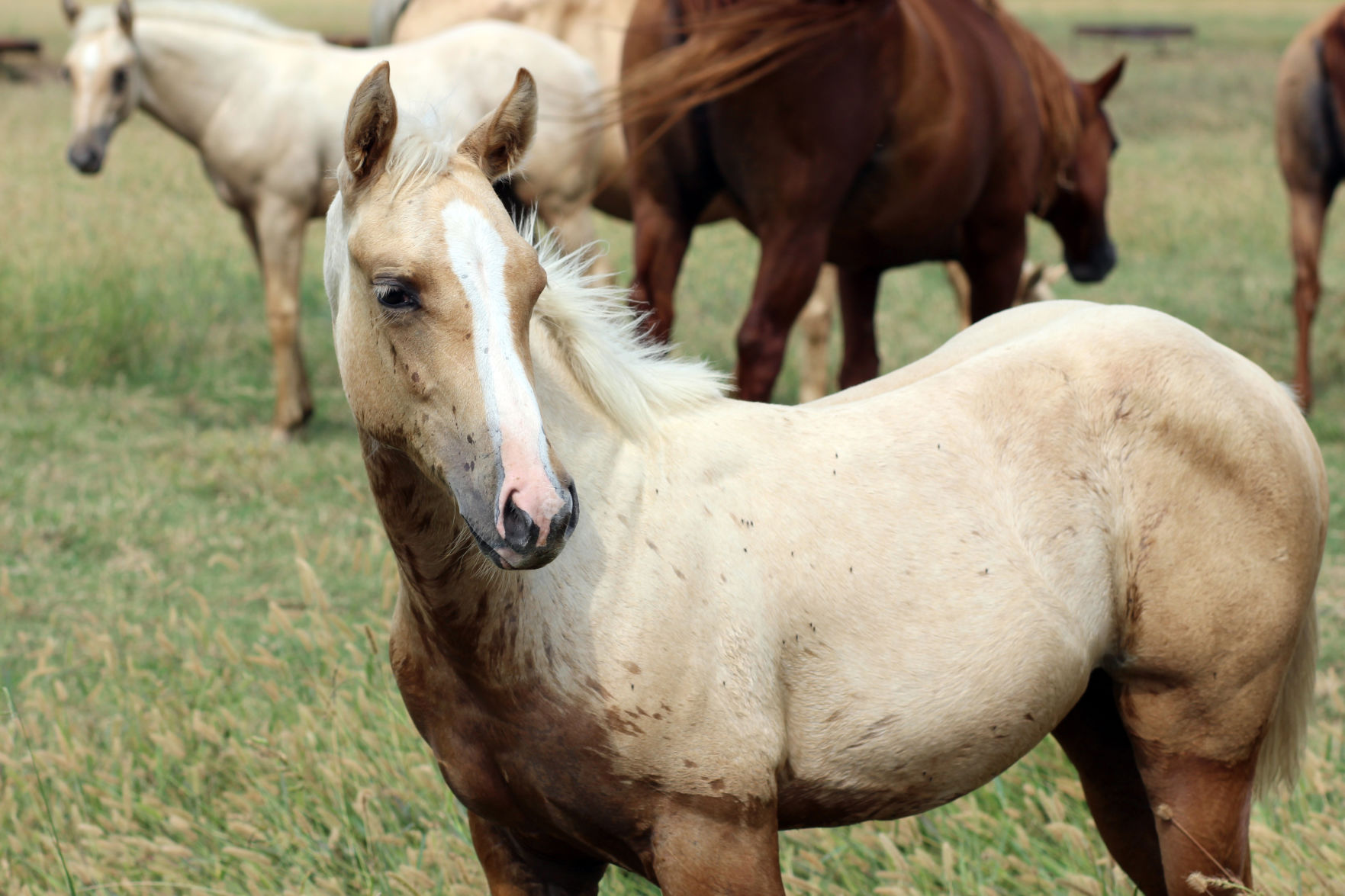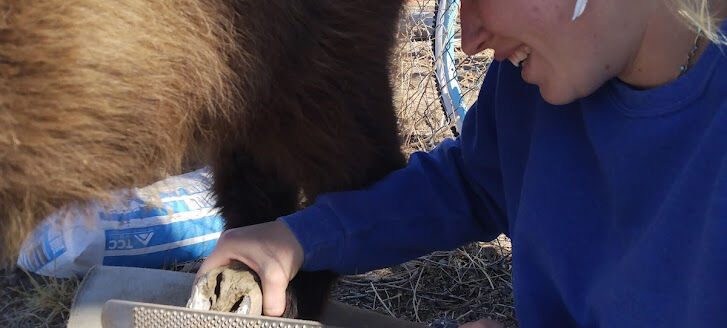Nearly as important as a mare having a foal is getting her bred back to have next year’s baby.
Breeding on foal heat is an old management strategy aimed at doing just that. It is the first heat cycle a mare goes through after foaling and a manager’s first opportunity to breed her.
That typically occurs six to 12 days after foaling. Mares can ovulate as early as seven days and as late as two weeks post-foaling.
“From my standpoint, deciding to breed on foal-heat is not a yes or no thing. It’s a multifaceted answer,” said equine veterinarian Dr. John Knowles, DVM.
Advantages of foal-heat breeding center on optimizing opportunities for getting a mare rebred. It centers on taking advantage of every possible cycle in a breeding season. Or even increasing chances of breeding again that season should she lose a pregnancy.
It also helps avoid a mare’s “slide” to later and later foaling dates, due to her 11-month gestation. That could get to the point where she will miss a year, foaling too late to be bred back.
“Because gestation is 333 to 345 days, mares must become pregnant within one month post-foaling to produce foals at 12-month intervals,” Knowles said. “Sometimes if you don’t get them bred on foal-heat, you don’t get them bred that year.”
Historically, the arguments against breeding on foal-heat have centered on poor conception rates.
“Controversy exists regarding relative fertility achieved by breeding the early post-foaling mare,” Knowles said. “There’s often lower pregnancy for mares bred on foal-heat as compared to mares bred on later estrous periods.”
However, with the right mare management, risks associated with foal-heat breeding approach any other cycle.
A lot is going on in the post-foaling mare physically. “If a mare has had any kind of problem foaling, that’s reason not to breed on foal-heat,” Knowles said. “It’s probably wiser to give her time to recover.”
The more progressively the uterus returns to normal, the better the chances for foal-heat breeding success, “If a mare cycles before 10 days post foaling, I don’t like to breed on foal heat,” Knowles said.
The longer a mare takes to ovulate on foal-heat, higher the chance she’ll get in foal on that cycle.
“When a mare ovulates past 10 days, and her uterus looks good then, we’ll breed on foal-heat,” Knowles said.
How mares are housed could have an effect, too. “Exercise on pastures promotes uterine involution and fluid expulsion, which could favor enhanced foal-heat fertility,” Knowles said.
Age is another consideration. Mares younger than 10 to 12 are more likely to become pregnant on foal-heat and less likely to lose that pregnancy. The converse is true for mares older than eighteen.
Stallion fertility is also a consideration. “If I am dealing with semen of questionable fertility, I would skip the foal-heat,” Knowles said.
Cost is another consideration with shipped semen. Some people have just one shipment of semen with the stud fee. “I don’t like to spend their money with a ‘Let’s just try foal- heat’ attitude,” Knowles said
It’s not uncommon to see mares that won’t have a foal-heat, but they will have a 30 day post-foaling heat.
“Most mares return to normal 21-day cycles after the foal-heat,” Knowles said. “But some mares have an anestrous period after the foal-heat, if foaled early when days are still shorter.”
It can help to put them under lights to lengthen days in the winter months prior to foaling. The same is done with open mares to get them to cycle earlier in the year.
“Short-cycling” is another option on the foal-heat. That is waiting until the mare ovulates and properly timing prostaglandin administration to bring her back into heat sooner.
“If you short-cycle a mare on foal-heat, you don’t lose but about a week or 10 days,” Knowles said. “It’s up to the mare owner and can depend on where you are in the breeding season.
“If it’s February, why not short-cycle her and skip foal-heat,” Knowles continued. “But if you are under the gun because she’s foaled late in the year, you might need those 10 days.”
Regardless, close mare management is crucial for foal-heat breeding success. As long as the variables line up right, there’s no reason to avoid the foal-heat cycle as a rule.
“If the young mare’s uterus is healthy then you can probably expect good fertility on a foal-heat breeding,” Knowles concluded.



